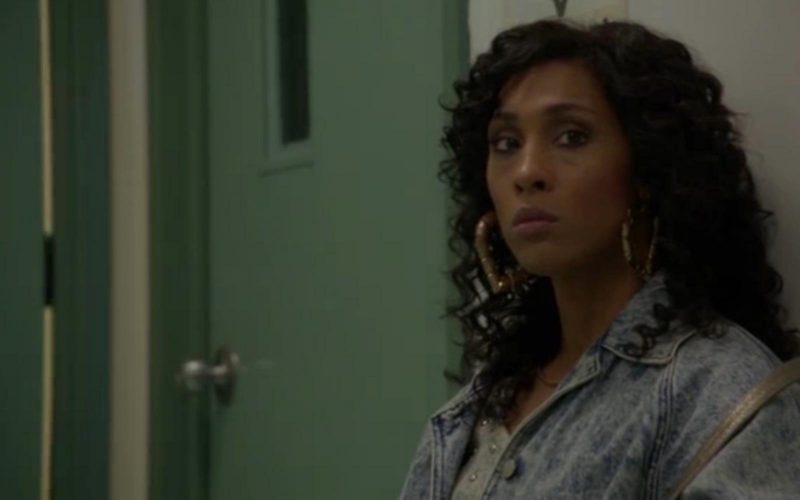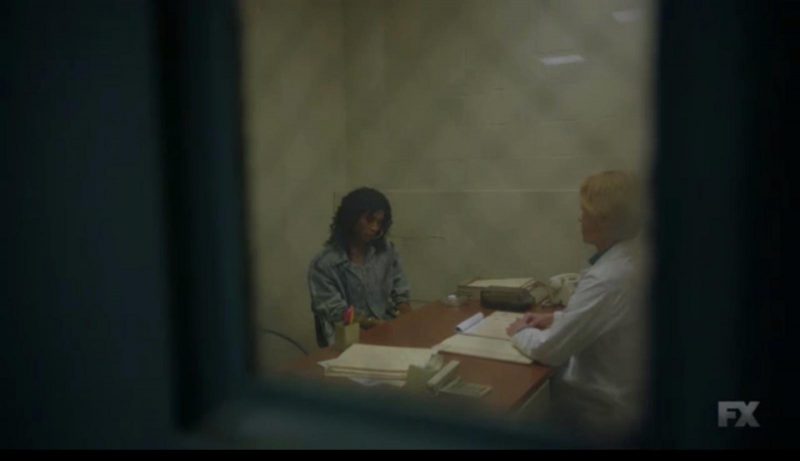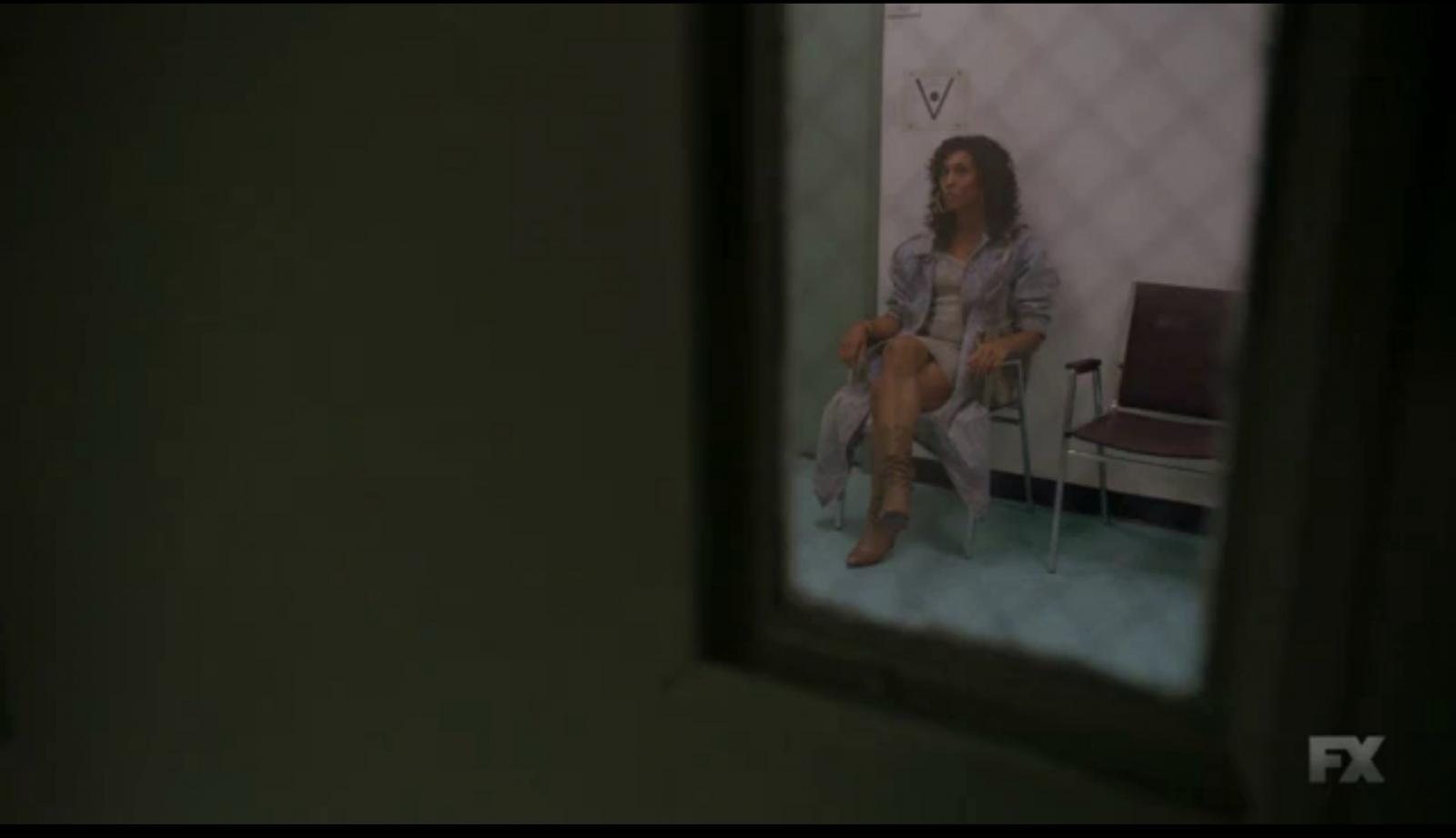Now we think
as we fuck
this nut
might kill us.
—Essex Hemphill, "Now We Think"
For a range of reasons—taste, aptitude, exposure, politics—my academic work has focused on the period from 1885 to 1940. It is where I feel most at home and, honestly, I prefer working on dead people.
A recent invitation from a mentor—I accept very few invitations—spurred me to think of how I would approach the 1980s and early 1990s, from the moment when AIDS emerged in the U.S. to the moment when an effective treatment regimen was identified in 1996, roughly, from 1981 to 1995.
I returned to some familiar thinkers and terms: Douglas Crimp, promiscuity in an epidemic; Paula Treichler, AIDS as an epidemic of signification; Leo Bersani, the rectum as a grave; Cindy Patton, sex and germs; Samuel Delany, the tale of plague and carnivals; Cathy Cohen on blackness and AIDS; Melvin Dixon, mourning the loss of a generation of lesbians to cancer and gay men to AIDS. I returned to the elegies and silences of AIDS and tried to think through the thickness of it.
Words that repeat: epidemic, death, loss, sickness, wasting
I had read Adia Benton on HIV exceptionalism and that work helped to cushion some of what I encountered.
This is the terrain from which I encountered Pose.
*
Set in 1987, Pose is being described as “groundbreaking.”
Steven Canals, who created the concept, writes,
Exhausted by the erasure of my experience, POSE was conceived as way to fill a gap that has long existed. A love letter to New York City and the miraculous queer and trans, black and brown souls who managed to create community in the face of a plague, violence, and familial rejection.
In the best writing I’ve encountered on Pose, Raquel Willis receives the love letter:
The new FX original series Pose is as “for us, by us” as it gets for trans women of color navigating today’s climate of visibility and awareness. With an assemblage of trans actresses in the cast, as well as best-selling trans author Janet Mock and seasoned trans TV writer and producer Our Lady J working behind-the-scenes, the latest show from Ryan Murphy bequeaths audiences with a chance to see multiple trans women characters played and written by trans women. And these characters aren’t just one-dimensional side chicks, sidekicks, or fantasies — they’re also sisters, mothers, and saviors to the people around them.
And adds,
Pose is also poised to combat the historical revisionism and co-opting that has long plagued both ball and drag culture. After the success of Paris Is Burning, the brilliance of these arts was snatched up by the cishet masses. Once secret, underground scenes of solace, they became used, mistreated, and misrepresented in popular culture. Cis white gay men, and notably, drag superstar RuPaul, have rebranded many of the elements of these cultures in the name of capitalism. The lingo born from the mighty ball battles of yesteryear are now chewed up and spat out by people who have little to no birthright to them. As well, the contributions of trans women of color are regularly dismissed as many cis gay men ascend to success and wealth via assimilation. Pose reclaims that rich heritage and places queer and trans people of color at the forefront as the rightful OGs.
Careful historical work is evident in Les Fabian Brathwaite’s article in Rolling Stone. Brathwaite draws on historical research to track the genealogy of balls to the mid-nineteenth-century:
The Hamilton Lodge No. 710, a club for well-to-do African-Americans, started throwing a charity masquerade gala, the Annual Odd Fellows Ball, around 1867-69. Featuring men in female drag and women in male drag, the event was later known as the "Faggots Ball" or the "Fairies Ball." Prizes would be given out for most beautiful gown and "most perfect feminine body displayed by an impersonator."
Willis and Brathwaite exemplify the kind of cultural criticism I find most interesting: attuned to history and the present, to politics and cultural significance.
Yet, I am itchy about how Pose functions as a cultural object and about the work of representation.
Brathwaite writes,
Pose, much like Paris Is Burning before it and The Queen before it, is a watershed moment in the representation of ball and house culture. But it's also an evolution. Where those films were small documentaries that found niche audiences – and eventual cult followings – Pose is about as mainstream as you can get. This is a culture, a community, and a history that deserves the prestige television treatment. Unequivocally, that's a good thing. And it is also a fulfillment of those defiantly opulent Harlem balls of the 19th and 20th centuries, proving once and for all, that they did, in fact, own everything.
I am uneasy with the claim that “Pose is about as mainstream as you can get” and even more uneasy with the idea that “This is a culture, a community, and a history that deserves the prestige television treatment."
Mainstream?
Deserves?
*

I return to Cathy Cohen’s desire for queer politics:
Many of us continue to search for a new political direction and agenda, one that does not focus on integration into dominant structures but instead seeks to transform the basic fabric and hierarchies that allow systems of oppression to persist and operate efficiently. (“Punks, Bulldaggers, and Welfare Queens”)
If you are rolling your eyes at this (very) predictable move—use elite political theorist in elite journal to critique cultural criticism appearing in non-academic spaces—please note that I am also rolling my eyes. I love Cohen’s article and it is, for me, one of the foundational works in my queer canon. But I can also see the theoretical apparatus, the polysyllabic words.
While Will & Grace and Queer as Folk did not represent people like me—whatever that “like me” means—they made certain aspects of my being in public more possible, at least in the U.S. of the 1990s. As a beneficiary of mainstream representation, I have no desire to deny its power. Affirmation is important.
Yet, by training and inclination, I am drawn to minoritized works. Works that are illegible within mainstreams logics and practices. And, certainly, the ephemeral canons of queer thinking have tended to favor non-mainstream works that unsettle dominant, queer-making, queer-erasing, queer-killing imaginations.
Perhaps what I feel is generational. Perhaps I simply do not get Pose and the role of mainstream queer representation. I itch when “mainstream” and “queer” are juxtaposed.
*

Pose is set in 1987.
On February 4, 1987, Liberace died from an AIDS-related illness.
In March, ACT-UP was founded in New York City
On May 31, Ronald Reagan made his first public speech about AIDS
In October, AIDS became the first disease debated on the floor of the United Nations General Assembly (HIV Timeline)
In October, a special issue of the journal October was published. Titled AIDS: Cultural Analysis/Cultural Activism, it featured necessary articles by Paula Treichler, Douglas Crimp, Leo Bersani, and the Persons with AIDS (PWA) Coalition.
Early in the first episode, Blanca Rodriguez (MJ Rodriguez) visits a clinic and is told she has HIV. It is, she knows, a death sentence. After a conversation with Pray Tell (Billy Porter), Blanca decides to form her own house, to seize as much life as she can while she still can.

Perhaps what I am getting at are the different ways Pose speaks across generations, to what catches and holds attention. Much as I found the displays of fabulousness interesting, I was captured by the familiarity of institutional walls, waiting rooms, receiving test results, plotting a life or death after receiving test results. I am struck by Blanca's isolation: attending the clinic on her own, navigating disclosure.
A longstanding interest in the quotidian—the ordinary—now manifests itself as an interest in work that is post- or anti-fabulous. Sarah Schulman worries that younger queer people simply have no experience of AIDS—this differs across race and income and geohistory, but still. She writes, "When the ACT UPers were in their twenties, they were dying." And notes a generational divide marked by "suffering and trauma for some, and the vague unknowing for others." Perhaps my premature concern is that a desire for affirmative representation in the register of the fabulous too easily—and readily—overshadows quotidian grottiness. And that in the many celebrations of Pose, the fabulous takes precedence over the barely surviving.
What remains pedagogical in me understands cultural products as occasions for collective deliberation. Perhaps as Pose continues and I encounter other responses to it, I will revisit my initial reservations. Perhaps as Pose continues, I will figure out the relationship between affirmative mainstream representation and the ongoing work of pursuing and practicing freedom.
